A new tool for making sense of the cells believed to cause cancer relapses and metastases.


A new tool for making sense of the cells believed to cause cancer relapses and metastases.
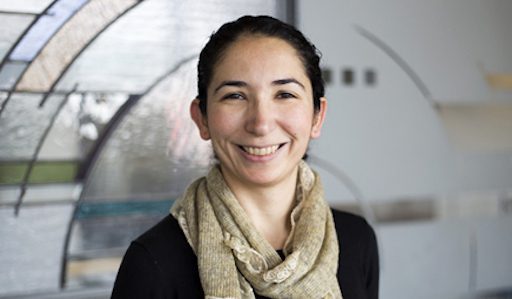
Prof. Ozay’s award-winning work will be used in future space missions

IPAN sent eight undergraduates to Germany for a month of lab work, learning about the intricacies of the brain.
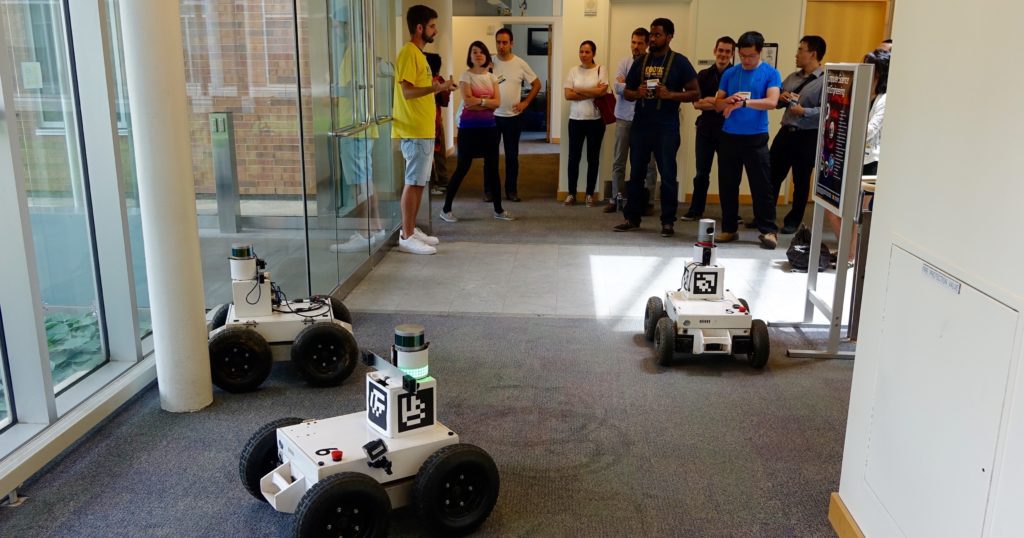
The University hosted the 2016 Robotics: Science and Systems Conference, which allowed attendees to hear about the latest in robotics through talks, presentations, workshops, and tutorials.

One of the paper describes and demonstrates a malicious hardware backdoor. The other demonstrated security failings in a commercial smart home platform.
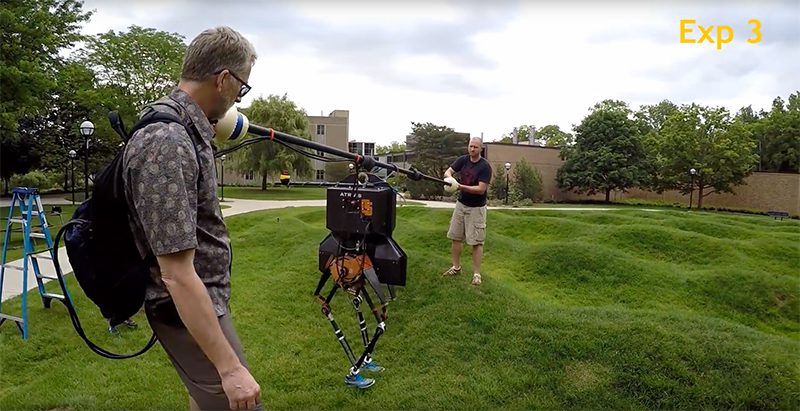
For now, Grizzle and his graduate students are only attempting the easiest routes, between the grassy two- to three-foot moguls, over smaller undulations that he calls “merely very difficult.”
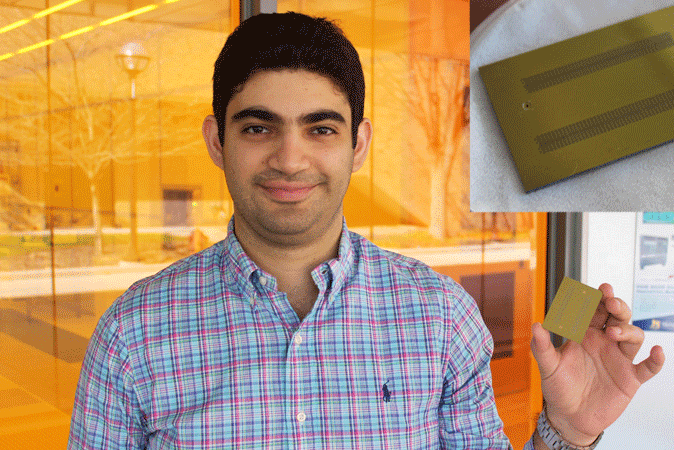
Armin’s research is focused on the development of a sub-millimeter-wave radar system for the next generation of navigation and imaging sensors.
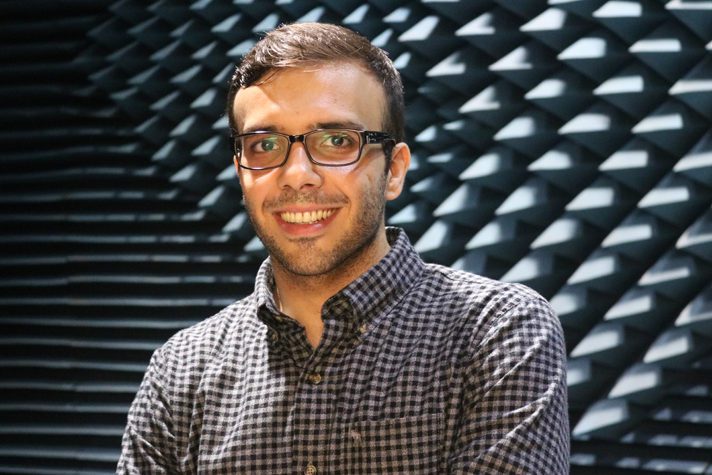
Mohammad has developed a new way to remotely measure the thickness of ice and snow with a technology he calls wideband autocorrelation radiometry (WiBAR).
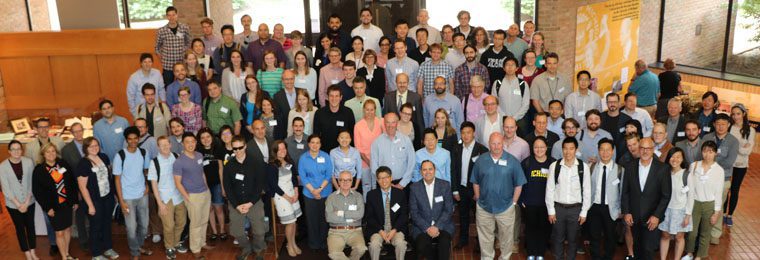
ICAN bring engineers and neuroscientists together to review the recent advancement in neurotechnology and neuroscience, define the need for next-generation tools, and enhance the translation of technology to the scientific community.

Analytic software company FICO of San Jose, Calif., bought QuadMetrics to help in its development of a FICO Enterprise Security Score.